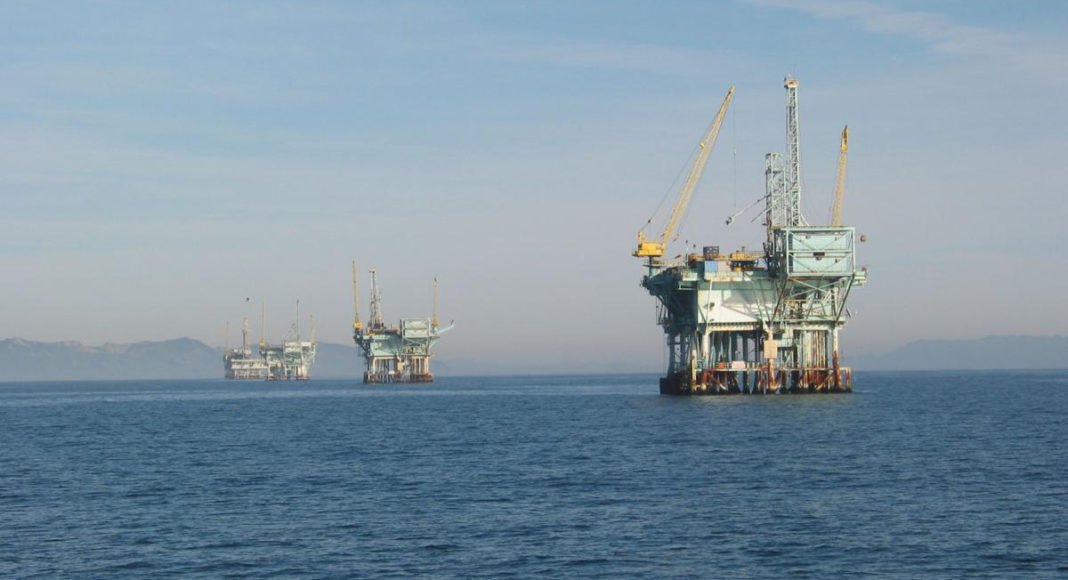(Reuters) – Oil prices climbed on Wednesday as hopes of an effective COVID-19 vaccine continued to bolster sentiment and an industry report showed U.S. crude inventories fell more than expected.
Brent crude rose $1.17, or 2.7%, to $44.78 a barrel at 0925 GMT, while U.S. West Texas Intermediate (WTI) crude added $1.17 cents, or 2.8%, to $42.53 a barrel. Both benchmarks gained nearly 3% on Tuesday.
“This week’s news about a coronavirus vaccine was encouraging and, alongside short-covering activity, strongly supported oil prices on Monday and Tuesday,” said Giovanni Staunovo, oil analyst for UBS.
The bank cautioned that European lockdowns and restored Libyan oil output could weigh on prices in the short term, but forecast oil at $60 a barrel by the end of 2021 based on the likelihood that producers would continue to rein in supply.
U.S. crude stockpiles fell by 5.1 million barrels last week to about 482 million barrels, industry group data showed on Tuesday, compared with analysts’ expectations in a Reuters poll for a reduction of 913,000 barrels. [API/S]
Both Brent and U.S. oil prices are up more than 13% this week since initial trials data showed the experimental COVID-19 vaccine being developed by Pfizer Inc and Germany’s BioNTech was 90% effective.
Although oil prices are supported by the positive news on the vaccine, the overall fuel demand outlook remains clouded as coronavirus restrictions are reimposed in Europe and United States.
“Hopes of a return to pre-COVID normalcy next year have been given a huge boost this week. Before then, however, a difficult winter is on the cards. Infection rates are still accelerating in several parts of the world including the U.S.,” said Stephen Brennock of broker PVM.
Renewed restrictions in Europe and the United States to combat the coronavirus have slowed the pace of the fuel demand recovery, offsetting a rebound in Asian economies where consumption has almost returned to pre-COVID levels.



